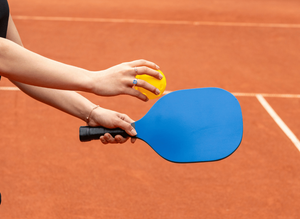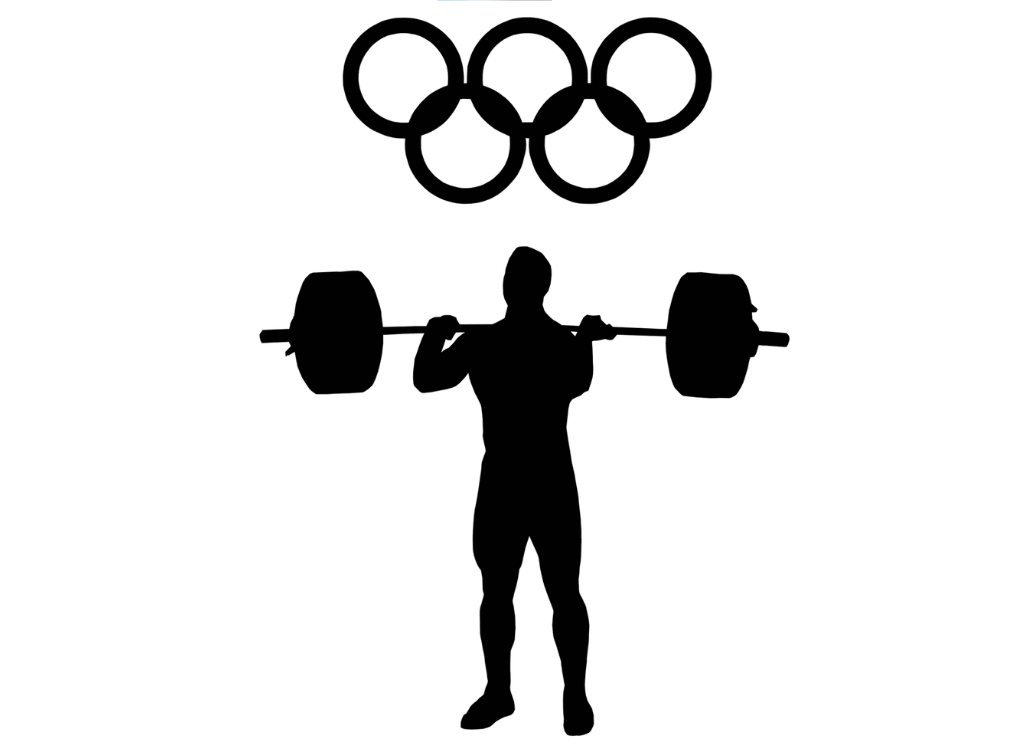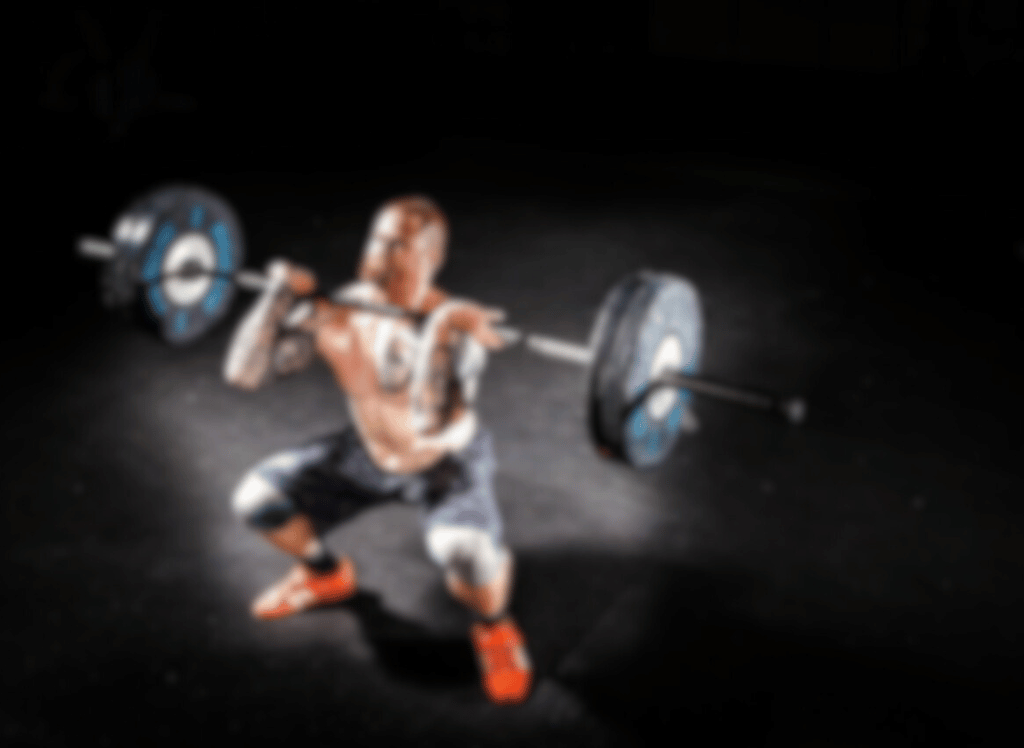The clean and jerk is the bread and butter of Olympic weightlifting. It works multiple muscle groups and deliver a full-body workout. But what does clean and jerk work exactly? What kind of lift is it?
The Basics of Clean and Jerk
The clean and jerk is a two-part lift that involves moving a loaded barbell from the floor to an overhead position.
- The clean involves lifting the barbell to the shoulders.
- The jerk involves pushing the barbell overhead.
This exercise is a staple in Olympic weightlifting and is known for its ability to build explosive power and strength.
Muscle Groups Targeted
When you perform a clean and jerk, you're not just working one or two muscles; you're engaging your entire body.
The clean portion primarily works the lower body muscles like the quadriceps, hamstrings, and glutes.
The jerk portion focuses on the upper body, including the shoulders, triceps, and upper chest.
The Clean: First Pull and Second Pull
The clean can be broken down into two main phases: the first pull and the second pull.
- During the first pull, you lift the barbell from the floor to your knees, engaging your lower body muscles.
- The second pull involves an explosive movement to bring the barbell to the front rack position. This phase requires a lot of power and engages the upper body and core muscles.
The Jerk: Split Jerk, Power Jerk, and Squat Jerk
The jerk phase can be performed in different variations: the split jerk, power jerk, and squat jerk. The split jerk involves stepping forward with one foot while pushing the barbell overhead. The power jerk requires a slight bend in the knees before pushing the barbell overhead. The squat jerk involves a deeper squat position while lifting the barbell. Each variation targets different muscle groups and requires proper technique to avoid injury.
Proper Technique and Form
Proper technique is crucial when performing the clean and jerk. Start with your feet shoulder-width apart and use an overhand grip on the barbell. During the clean, keep the barbell close to your body and engage your core. For the jerk, ensure your feet are hip-width apart and use a slight bend in your knees to generate power. Maintaining proper form helps prevent injuries and maximizes the benefits of the exercise.
Benefits of Clean and Jerk
The clean and jerk offers numerous benefits, making it a favorite among Olympic weightlifters. This exercise improves strength, power, and muscular coordination. It also enhances cardiovascular health and endurance, making it a well-rounded addition to any training program. Plus, it's a great way to build muscle growth and improve overall fitness.
Cardiovascular and Anaerobic Endurance
The clean and jerk is not just about lifting heavy weights; it also boosts cardiovascular and anaerobic endurance. The explosive bouts of lifting and the need for quick recovery between sets make this exercise a fantastic way to improve your cardiovascular health. It also enhances anaerobic power, allowing you to perform high-intensity activities more efficiently.
Core Strength and Stability
One of the often-overlooked benefits of the clean and jerk is its impact on core strength and stability. The exercise requires a strong core to maintain proper form and balance, especially during the jerk phase. Engaging your core muscles helps improve stability and reduces the risk of injury, making it an essential component of strength training.
Avoiding Injury
While the clean and jerk is a highly effective exercise, it's essential to use proper form to avoid injury. Start with a manageable weight and focus on mastering the technique before increasing the load. Using a hook grip can also help maintain control of the barbell and reduce the risk of injury. Always warm up before your workout and listen to your body to prevent overtraining.
Clean and Jerk FAQs
What muscles does the clean and jerk work?
The clean and jerk targets multiple muscle groups, including the legs, back, shoulders, and arms. The clean portion primarily works the lower body muscles like the quadriceps, hamstrings, and glutes, while the jerk portion focuses on the upper body, including the shoulders, triceps, and upper chest.
How can I avoid injury while performing the clean and jerk?
To avoid injury, it's crucial to use proper form and technique. Start with a manageable weight and focus on mastering the technique before increasing the load. Using a hook grip can also help maintain control of the barbell. Always warm up before your workout and listen to your body to prevent overtraining.
What are the benefits of incorporating the clean and jerk into my training program?
The clean and jerk offers numerous benefits, including improved strength, power, and muscular coordination. It also enhances cardiovascular health and endurance, making it a well-rounded addition to any training program. Plus, it's a great way to build muscle growth and improve overall fitness.
Summary
The clean and jerk exercise targets multiple muscle groups, providing a full-body workout. It is a complex exercise that offers numerous benefits. From improving strength and power to enhancing cardiovascular and anaerobic endurance, this exercise is a must-have in any serious athlete. By using proper technique and incorporating different variations, you can maximize the benefits and avoid injury.









